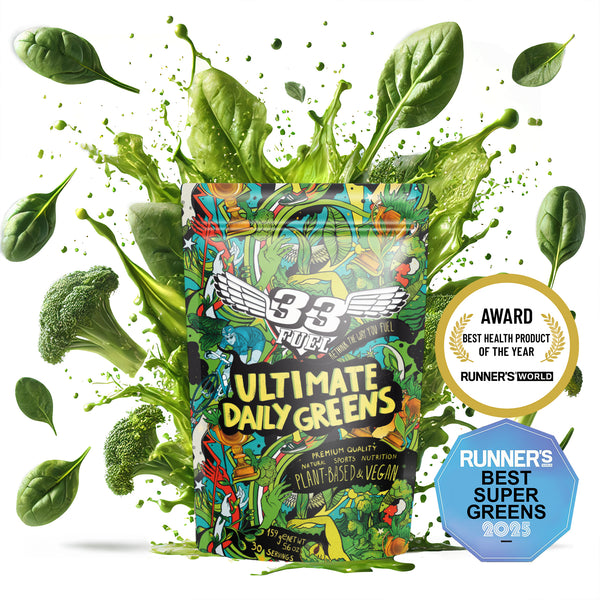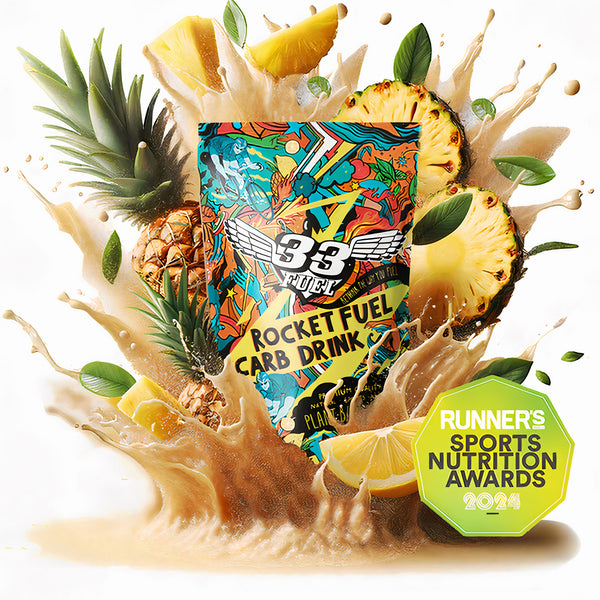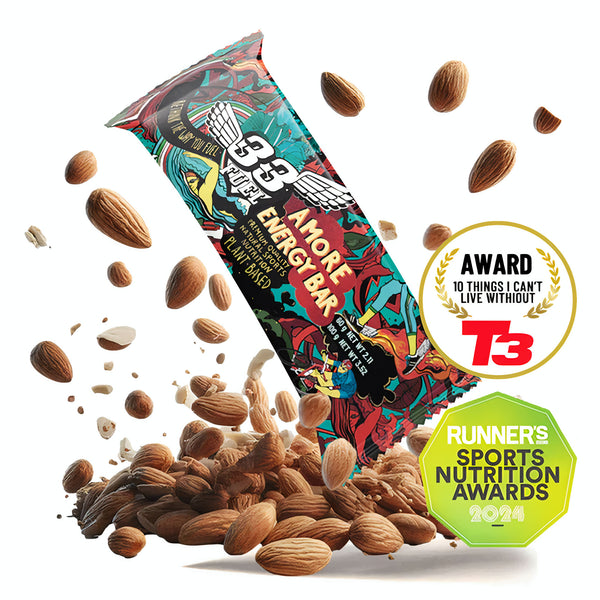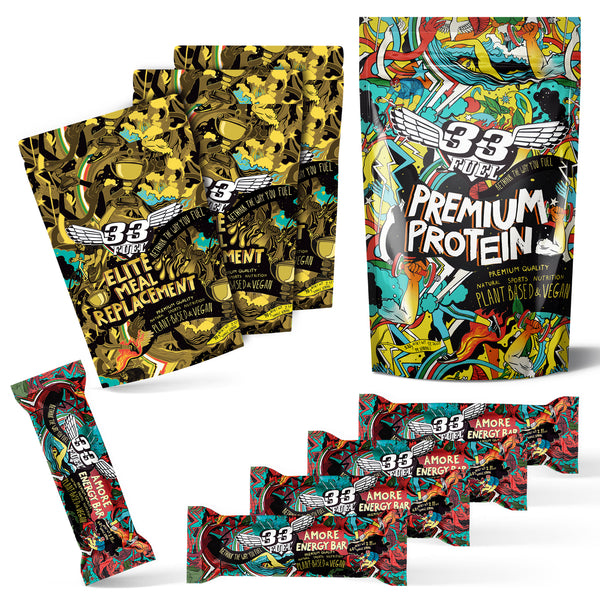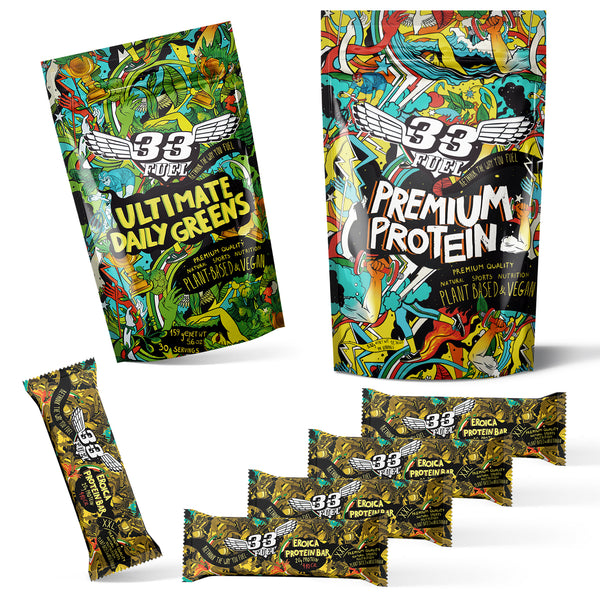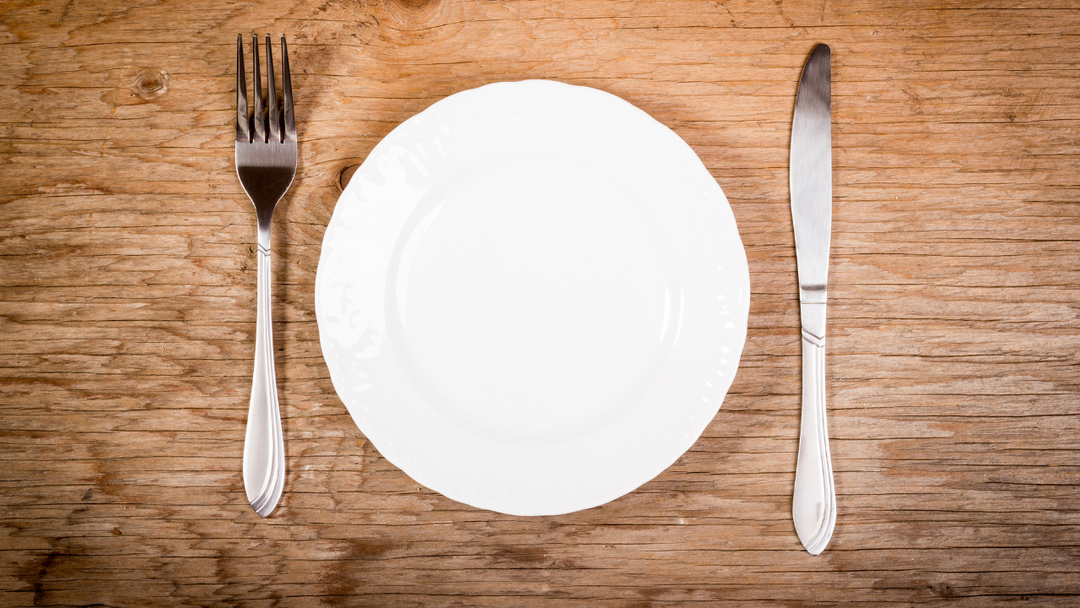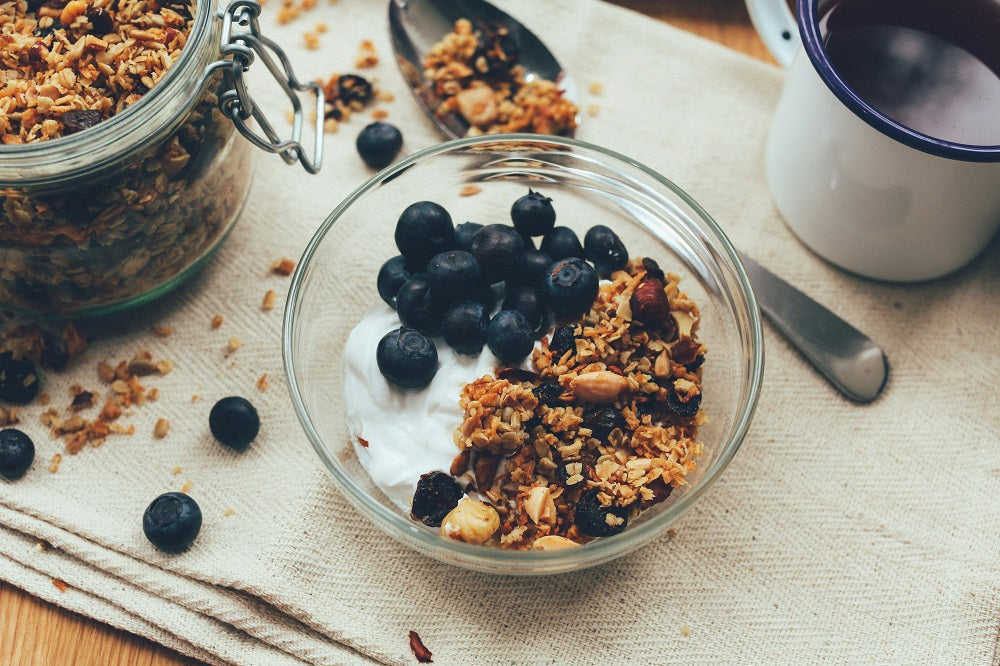Should you eat before you’re hungry in a race?
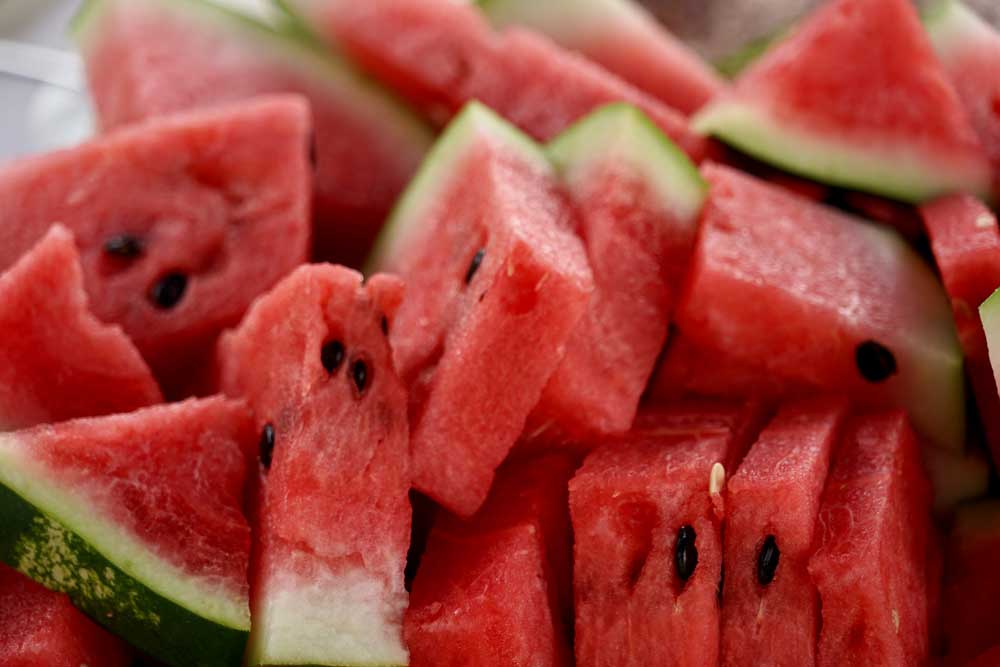
'Eat before you're hungry' - why this outdated nutrition advice has passed its sell-by date
Executing the perfect nutrition strategy on race day is at the heart of delivering your best performance, yet for many athletes the fear of hitting the wall, bonking or blowing up can still be so great they fall back into believing they must eat before they’re hungry to achieve race day goals. We had so many questions about this after our recent post explaining why you need less sports nutrition than you think we thought a deeper dive was called for, and here it is. So, as a runner, triathlete or cyclist, should you eat before you're hungry when fueling your races and training?
No.
In more depth
When it comes to being hungry and it being too late to refuel by then, this is nonsense peddled by a sports nutrition industry eager to sell more product.
The theory is then backed by industry-funded science making great business for sports nutrition companies. But the only result for athletes following this advice is short term performance issues (stomach trouble, yo-yo energy levels) and health problems (reduced immune function, chronic disease, slow recovery).
The advice to eat before you’re hungry also promotes fear (‘if I don’t eat enough I’ll bonk’) which in turn provokes irrational behaviour as otherwise smart people stop listening to hunger. If you just need to eat before you’re hungry, this is easily achieved by simply eating as much as possible. You don’t need to listen to your body.
Mmm, burgers. Hungry? That'll be time to eat then. Not hungry? Guess what - not time to eat
Now things get messy
Athletes in this situation now eat more high carb products, which in turn means they need more of these products, which leaves them less able to access stored fat.
And the more carbs they eat, the greater the incidence of stomach trouble, performance glitches and longterm health issues.
But as the 'eat before you're hungry' message sells a boatload of product, so paid science from the industry keeps backing it up, and the dogma keeps being reinforced in established training literature and coaching.
But these hunger signals are precisely what has kept us well fed and alive for millenia. The proof they work is the fact we do not repeatedly fall face down through starvation, having somehow forgotten to eat.
Ignoring them is just daft.
For some athletes though, hunger is too late
For athletes who have followed the ‘eat before you’re hungry’ dogma however, there is a very real risk they will indeed grind to a halt if they wait until hunger hits.
How so?
Having ignored them for so long, they may be so desensitized to their hunger signals that by the time they do feel hunger, they will have already missed so many warning signs that the one they do finally register is the body’s last-ditch red alert.
By this stage, there really is no time left and they bonk.
This then reinforces the idea you should eat before you’re hungry. They up their carb consumption as a result, and promptly make a bad situation even worse.
Doh!
A lion, bonking, yesterday
How to make hunger work for you, easily
The key to transitioning away from this, to a place where you can happily and powerfully respond to hunger to execute a perfect nutrition strategy every time is practice in training.
Here you need to learn your body’s hunger signals, and to experience them first hand.
By doing this a much greater sensitivity can easily be achieved in a matter of weeks. And once these skills are built, they last a lifetime, allowing athletes to quickly evolve to a point where perfect fueling is as natural as breathing in and out.
The Hunger Games, part one
Part one of this training process is longer training sessions, with no fuel.
- Instead of dogmatically shoving product in, athletes employ the check-in strategy detailed here, but start at intervals as low as 15 minutes
- They should carry nutrition, but not use it until they feel hungry, and they should be prepared to bonk a couple of times along the way to experience the full series of hunger signals to identify them for future use
- At all times, focus should be on how they feel throughout, and what their personal hunger signals are
- These may be simple things like thinking about food, imagining what they’ll eat post ride/run/swim, as well as physical sensations towards energy levels - feeling fast and light, or slow and heavy - a watering or dry mouth, and so on.
The Hunger Games, part two
The next step is refining the check-in process, while boosting natural fat adaption through diet and training
The more the body can use fat, the longer carb stores will last as they are used less often, and the more readily any athlete can control their energy levels.
When a carb-dependent athlete bonks, it’s a dead stop, but when a fat-adapted one bonks, not only is it a more gradual process as a greater proportion of energy is being supplied from fat, even at higher intensities, but there’s also more of a safety net from the fat stores which will allow a higher intensity of continued motion during the refuel period.
Conclusion
- Eating before you're hungry in racing or training slows you down and makes you sick
- Tuning into your body's hunger and fueling based on that will make you a damned straight nutritional ninja
- For the tastiest, most powerful, entirely natural sports nutrition head in store at 33Fuel.com. We look forward to fueling your awesome very soon!
Fuel to hunger and beat the bonk every time
More performance-boosting content
From the 33Fuel Podcast
From the 33Fuel Vlog
Related content
Beat stomach issues during exercise every time with these easy tips
Create the perfect fueling plan, for any athlete, in any race
Becoming fat adapted - simple (and free) steps to boost efficiency, speed and enjoyment





